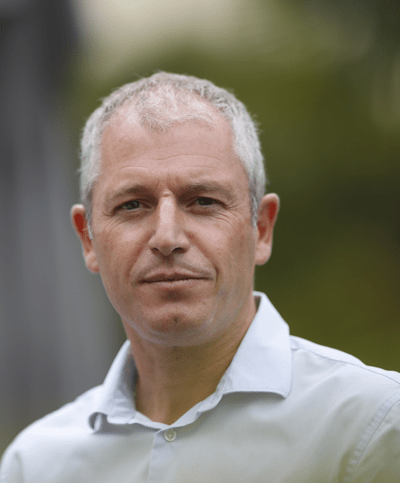
How Vendor Managed Inventory (VMI) Strengthens Supply Chain Resilience and Collaboration
To optimize inventory management, retailers and suppliers are increasingly turning to Vendor Managed Inventory (VMI) tools that transfer the responsibility…
80% of Companies Are Confident They’re Ready to Meet 2026 e-Invoicing Mandates According to New Generix Survey Read the press release

Olivier Hugo: “Absolutely. We are currently facing historic tensions in terms of supply. As a result, we deplore a rise in the price of materials of around 40 to 80%, depending on the market, and even 100% for certain materials. However, the raw material as such does not represent 100% of the final cost. There is a cost of transformation, storage and shipping. In extreme cases, this shortage can still increase the overall cost by 70%. The costs for wooden pallets, for example, are closely linked to the price of wood. In recent months, the price of wood has soared, significantly increasing the cost of pallets.“
Olivier Hugo: “There are several explanations. First, the market has been deeply destabilized by the health crisis. In particular on the transport flows, which generate supply tensions in the factories that process these materials. In some markets, there has been an increase in demand, particularly in the cardboard market, even during the health crisis. This strong demand accompanies the recovery, which follows the fall of 2020. However, the markets are not used to going from -20% to +30%: if the players in the logistics sector can adapt to small variations from one year to the next, management becomes difficult when they are large. The entire chain is then impacted: lead times are lengthened, demand impacts prices, tensions appear and the price of packaging soars. Wood, cardboard, plastics, metals, all materials are concerned.”
Olivier Hugo: “The subject of packaging optimization is the third category that generates the most revenue for our clients, after insurance optimization and transportation optimization. Packaging management is, in general, a recurring issue in the industrial sector and is one of the top expense items.”
Olivier Hugo: “Sometimes we observe a lack of technical knowledge among our customers, especially related to the use and characteristics of their materials. Given the stakes involved in the packaging market, certain materials are constantly and rapidly being improved. SMEs do not necessarily have technical buyers who can study and follow these developments. This is where we come in: we complete an expertise and sometimes propose alternatives to existing solutions.
As an illustration, the subject of optimizing the thickness of packaging is of primary importance. Stretch film, for example, is commonly used, especially around pallets. Until about ten years ago, the standard film thickness was 23 microns. (In the last five years, the market has gone down to about 17 microns. However, there are solutions that allow us to go down to 9 or even 6 microns in thickness, while offering a more technical stretchable material with the same look. The advantage? If the thickness is divided by two, the waste is also reduced by half.
Another example is cardboard. This material comes in different categories: virgin kraft or recycled. While it is intuitive to turn to recycled cardboard rather than virgin cardboard, the latter offers many benefits for certain applications, due to its technical characteristics: in humid atmospheres, for example, it is much more resistant.
Finally, another lever for optimization consists in identifying an industrial tool better suited to our customers. There are several hundred suppliers on the market: sometimes the companies we advise do not take full advantage of this multitude of offers. It is up to us to direct them to the supplier whose services are best suited to their needs.”
Olivier Hugo: “Today, what most often triggers a packaging optimization project is the desire of companies to reduce their costs. However, for the past two years, we have noticed that requests are also motivated by CSR issues. For example, we advise a customer who uses plastic envelopes for his products and who would like to switch to kraft. He asked us to study the impact on his packaging cycle, to measure the costs of the change and to ensure that switching from plastic to cardboard would not have a negative impact on the environment.“
As Olivier Hugo shows, the issue of packaging reduction is complex, especially in times of health crisis. To be able to undertake such a project, to estimate its cost and the environmental impacts of the change, it is essential to integrate digital tools. A WMS (Warehouse Management System) allows you to think about the packaging methods beforehand to make the processes more fluid and avoid wasting time: it can define the different sizes of boxes to be used according to the products to be sent, as well as the type of protection required, while accurately estimating the quantities needed. The offer can indicate the ideal packaging for each case, issue the order form or automate the restocking of packaging boxes.

To optimize inventory management, retailers and suppliers are increasingly turning to Vendor Managed Inventory (VMI) tools that transfer the responsibility…

In an ever-evolving logistics environment, agile and precise warehouse resource management is essential to remain competitive. With increasing volumes driven…

France’s electronic invoicing reform relies on a Y-architecture, where Partner Dematerialization Providers (PDPs) play a central role in issuing and…

Work with our team to build your ideal supply chain software stack and tailor it to your unique business needs.